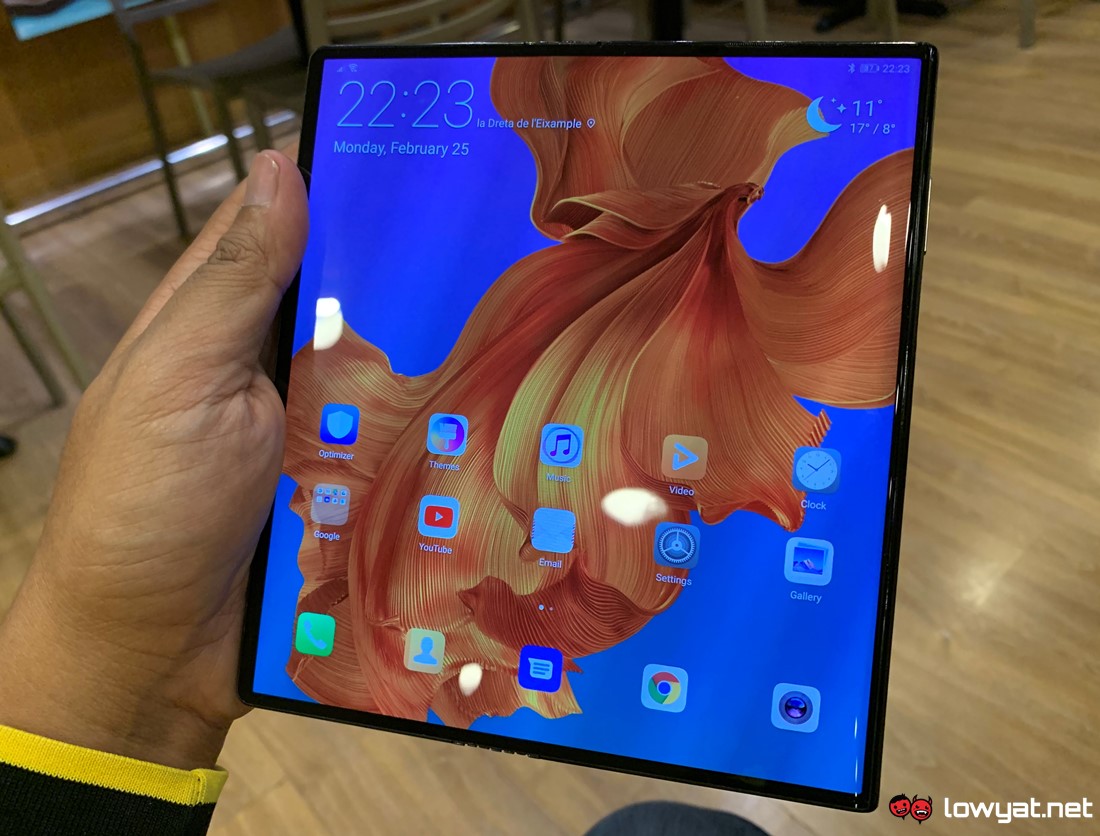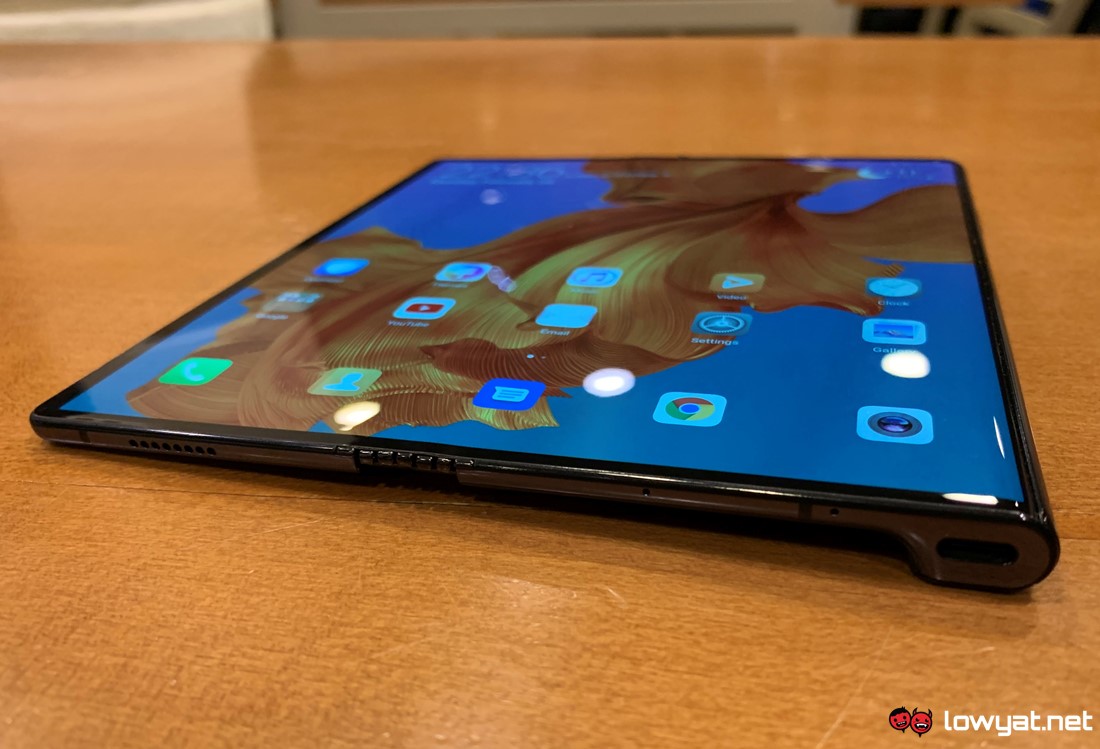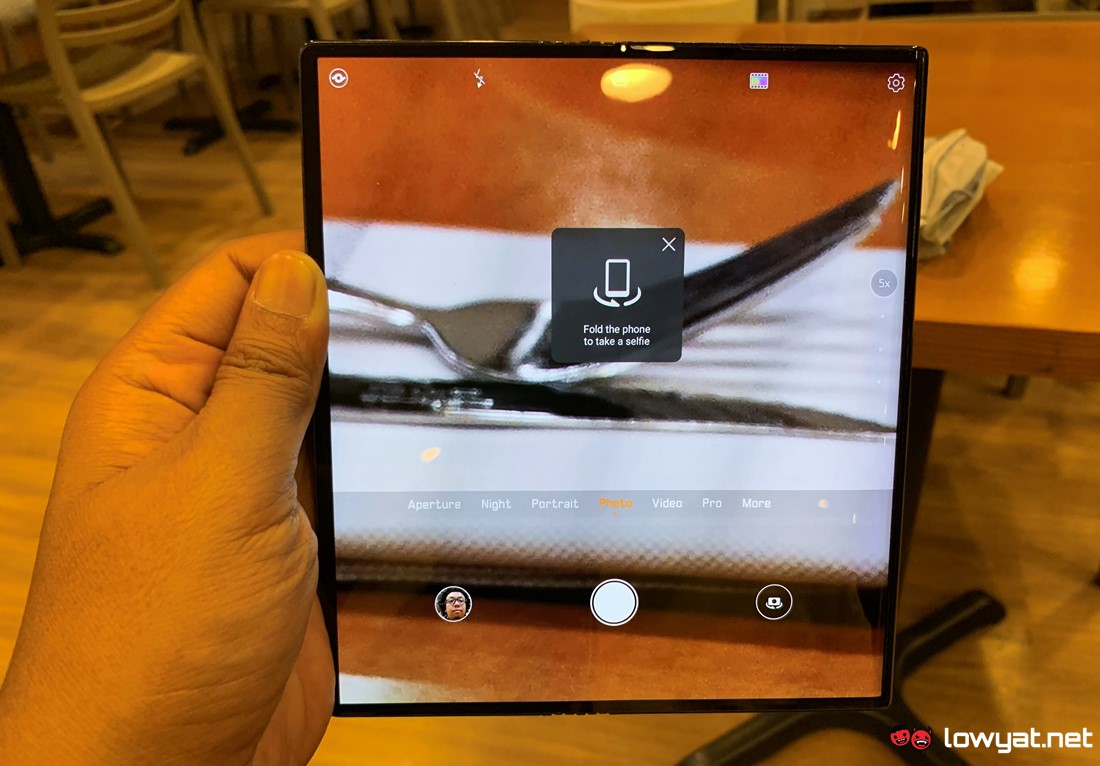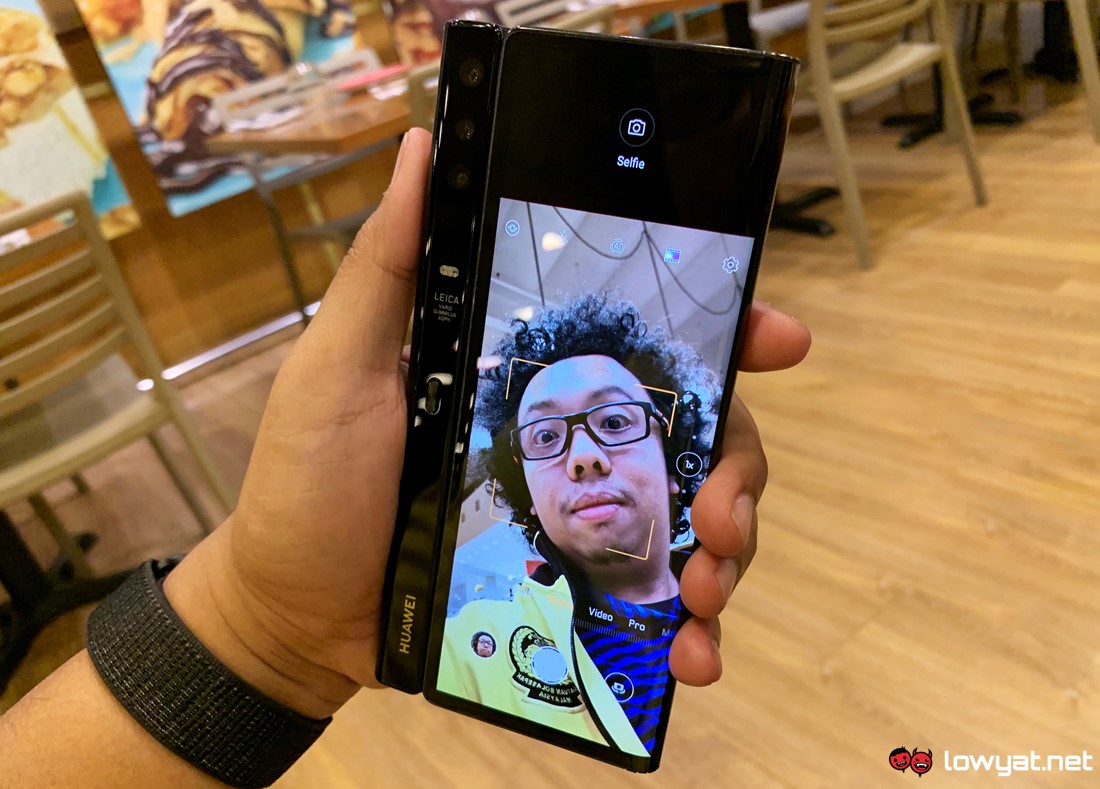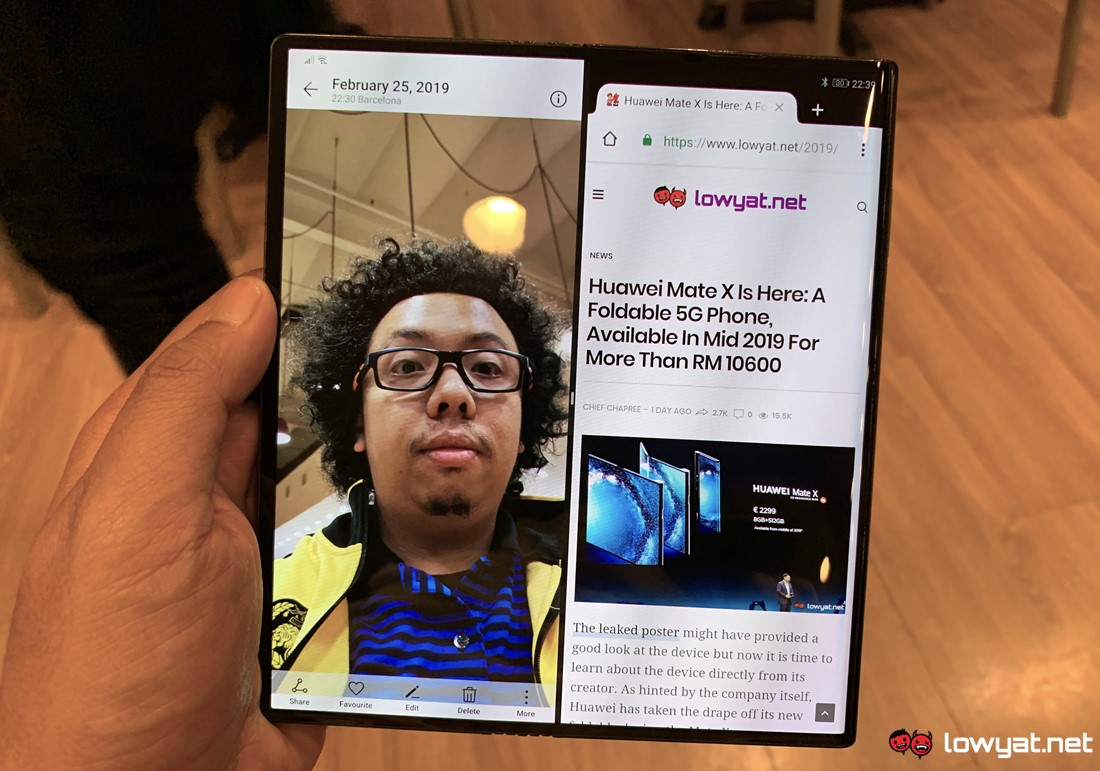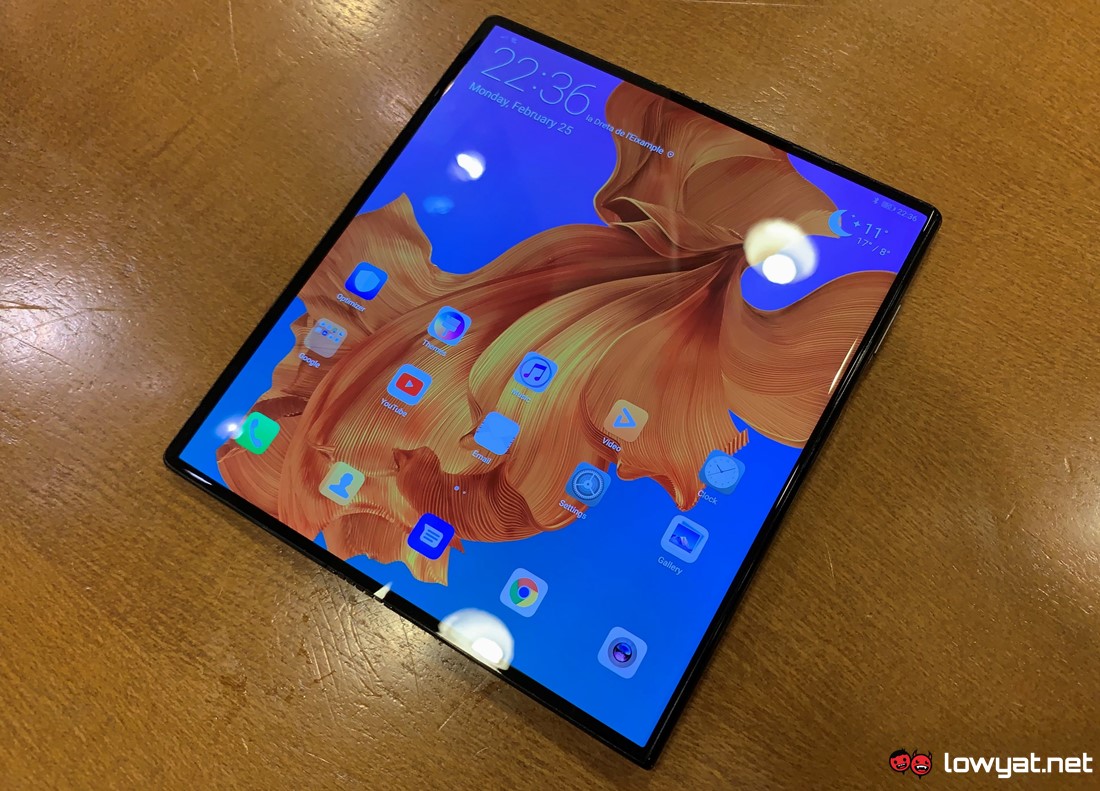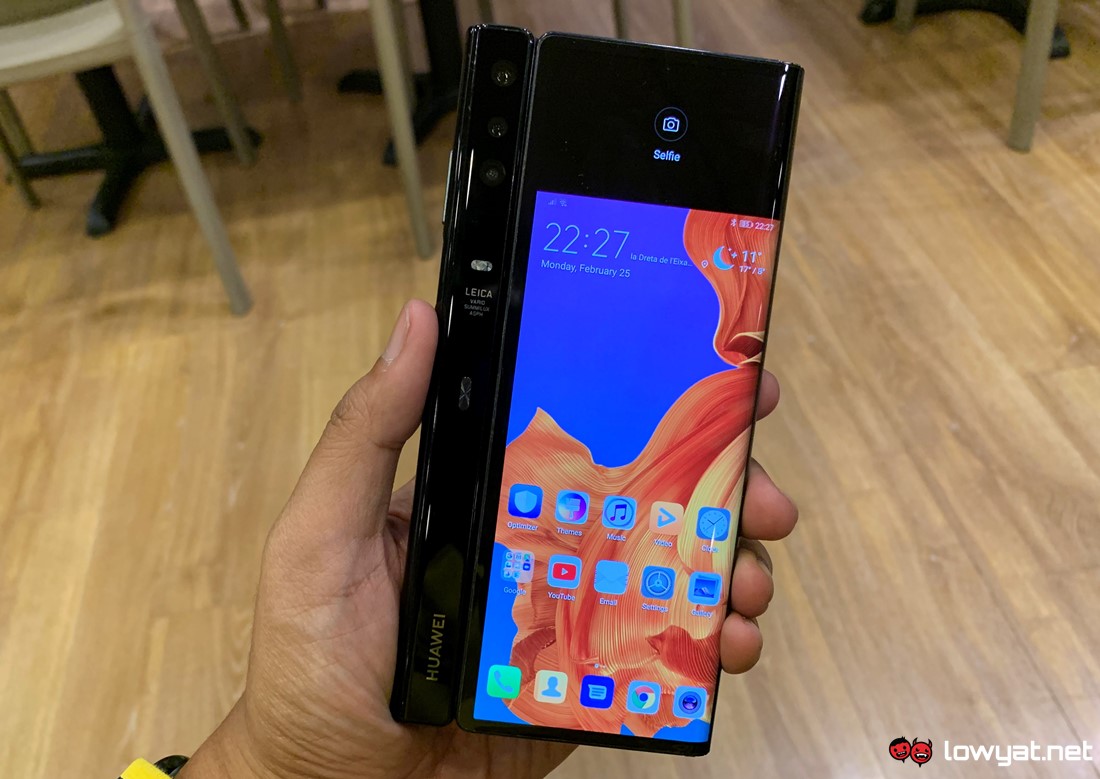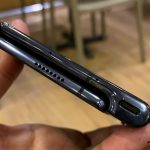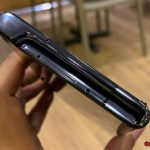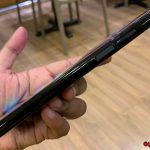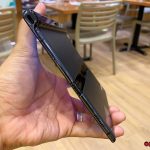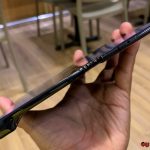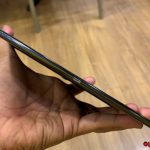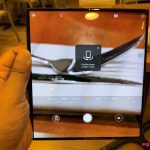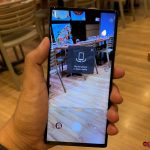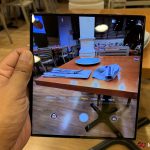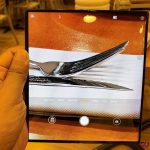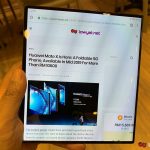Last Sunday was a busy day for journalists at Mobile World Congress (MWC) in Barcelona as various companies have decided to hold their press conferences on the same day including Huawei. Even when the pipeline was filled with plenty of news on that day, the company still managed to break through the air with the help of its main star for this year’s MWC: the Mate X foldable 5G phone.
The Mate X might not be the first foldable phone of 2019, but it is the most refined device to feature such form factor that I’ve seen so far. The unit that I’ve briefly tested feels rather solid on my hand and looks almost fit for retail release even though it is still a pre-production device.
Being a foldable phone, Mate X’s Falcon Wing hinge has certainly garnered a lot of attention. Based on my brief experience with the phone, it doesn’t require much effort to fold or unfold the Mate X but that doesn’t mean the hinge can swing freely though. This is because there is still enough friction within the hinge that gives it a noticeable level of firmness.
Huawei has also implemented a latch on the back of Mate X which helps secure the phone when it is in the closed position. Since there is no glass covering its display as per normal smartphones, interacting with Mate X’s plastic OLED screen is quite an experience itself given the differences in the feel of its surface.
When the screen which has quite a punchy and vibrant output is fully unfolded, there is no visible distortion can be seen or felt within the hinge area. That being said, Mate X can’t be laid flat though due to the existence of its hand grip.
Speaking about the hand grip, it also houses the phone’s triple-camera system which features a 40MP main camera and an 8MP telephoto camera just like the Mate 20 Pro. Co-developed with Leica, its ultra-wide camera is equipped with a slightly lower resolution sensor though, at 16MP.
Since Mate X has no front camera, the triple-camera system is also responsible for selfies. Depending on the position of the screen, a sign will come out on the screen asking the user to either fold the display or turn the device around in order to snap selfies.
Once the phone detects that it has been turned in the correct direction, the back panel will be activated just as the camera software activates its selfie interface. On the unit that I briefly tested, there were times that the phone sensors failed to detect that I’ve already turned the device around to snap a selfie but when the sensors actually worked, the transformation does happen quite seamlessly.
Now, comes the question that everyone might be asking: does the Mate X really worth its asking price of more than RM 10,000? Generally, my time with it was too brief to answer that question in a fair manner and not to forget, the device that was shown here is not the final retail unit as well.
That being said, as far as a foldable form factor is concerned, I’m generally impressed with what Huawei has managed to achieve with Mate X: a well-thought and highly polished product. There might be some kinks here and there at this moment, but I reckoned that Mate X is a significant proof that the company has a clear idea on what it needs to do in order to push the boundaries further.
Follow us on Instagram, Facebook, Twitter or Telegram for more updates and breaking news.




